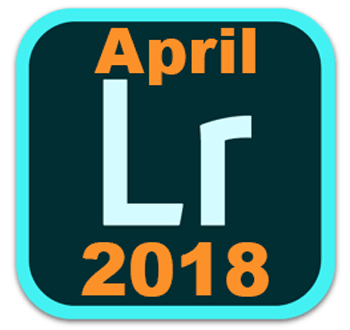 Adobe today released updates to the Lightroom CC cloud-based desktop application (version 1.3), as well as updates to Lightroom CC iOS and Android (aka Lightroom mobile). An update to Lightroom Classic was also released – see my Lightroom Classic article for details on this.
Adobe today released updates to the Lightroom CC cloud-based desktop application (version 1.3), as well as updates to Lightroom CC iOS and Android (aka Lightroom mobile). An update to Lightroom Classic was also released – see my Lightroom Classic article for details on this.
To update Lightroom CC Desktop, go to Help>Updates, and on the Apps tab click on Update next to Lightroom CC (not Lightroom Classic or Lightroom CC 2015!).
To update Lightroom CC iOS or Android, find the app in the App Store (iOS) or Google Play Store (Android) and tap on Update.
New Profiles
Now throughout the Lightroom ecosystem (Classic, CC Destop, iOS, Android, Web), choose from dozens of color and black and white profiles to get your photo editing off to a great start.
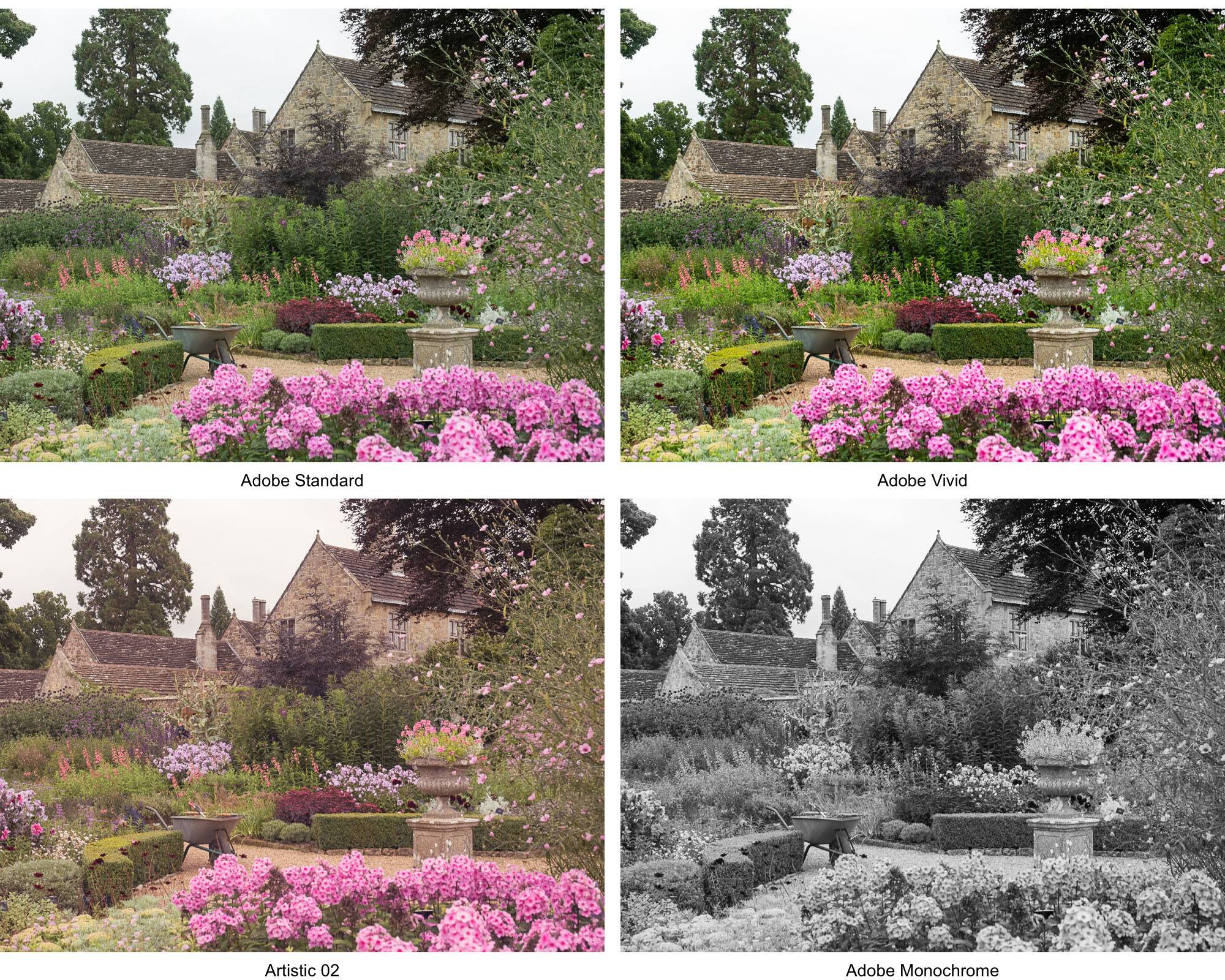
Profile selection in Lightroom CC Desktop and on tablets is at the top of the Edit stack:
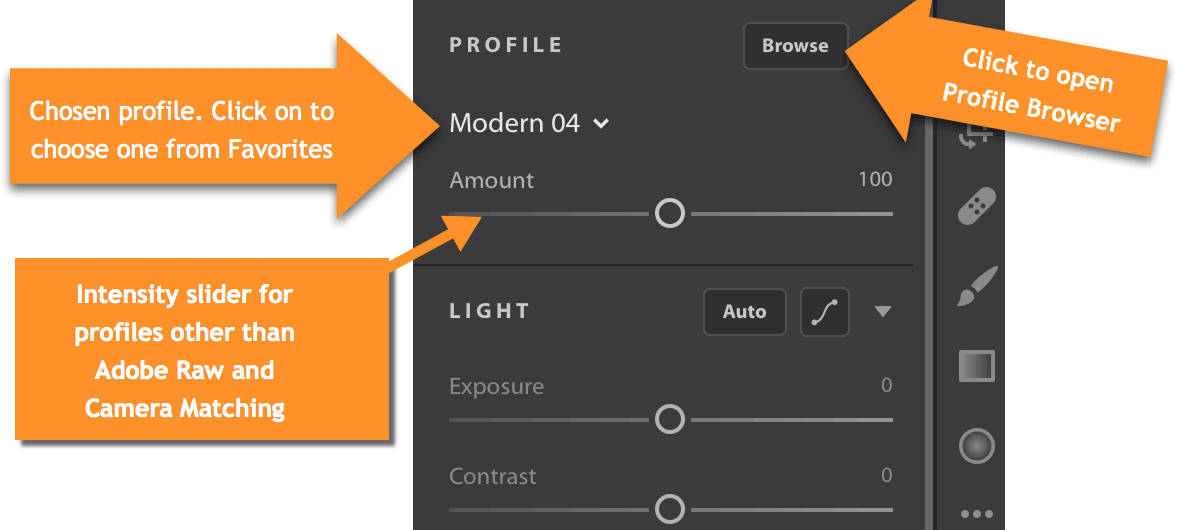
Profile selection on phones (in Edit view):

Checkout my article and video tutorial with complete details on profiles:
Start Your Lightroom Photo Editing with Powerful New Color and Monochrome Profiles
New Camera Support
Raw files from the following new cameras can now be imported:
- Canon EOS 1500D (EOS Rebel T7/EOS Kiss X90/EOS 2000D
- Canon 3000D (EOS Rebel T100/EOS 4000D)
- Canon EOS M50 (EOS Kiss M)
- Panasonic LUMIX DC-GX9 (DC-GX7MK3)
- Panasonic LUMIX ZS200 (DC-TX2/DC-TZ200/DC-TZ202/DC-TZ220/DC-ZS220)
- Sony A7 III (ILCE-7M3)
Click here to see a list of all cameras supported in each version of Lightroom (and Camera Raw).
New Lens Profiles
Other Lightroom CC Desktop Enhancements
- Images can now be stored on network attached storage devices (NAS drives).
- You can now filter on sync status:
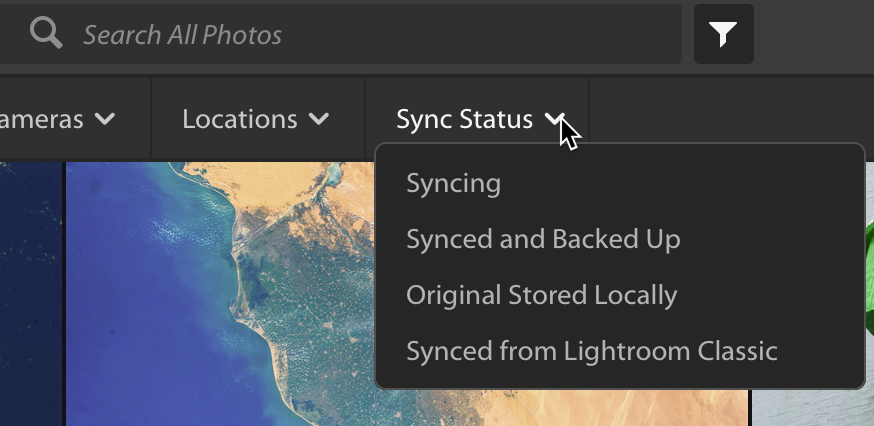
- The following customer-reported bugs have been fixed:
- Coming soon.
Other Lightroom CC iOS (iPad and iPhone) Enhancements
- Geometry tab in Edit for perspective correction, with Upright, Guided Upright, and all of the manual transform sliders:

On iPhones, scroll to see all the controls.
- Add grain on the Effects tab:
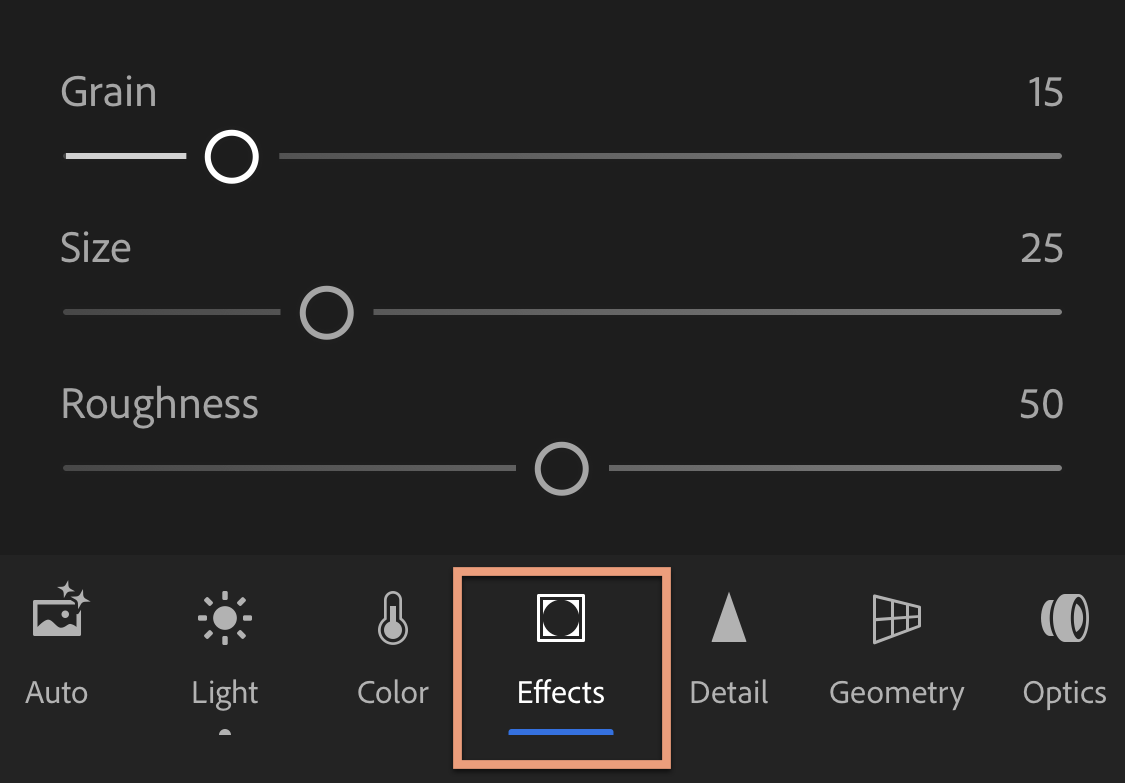
- When sharing an album to Lightroom web, you can now choose to enable image downloads, and show metadata and location information:

- For left handers, the edit stack can be displayed on the left. To enable, go into settings>General>Left Handed Editing.
- The iPhone X layout has been optimized.
Other Lightroom CC Android Enhancements
- Details tab with sharpening and noise reduction:
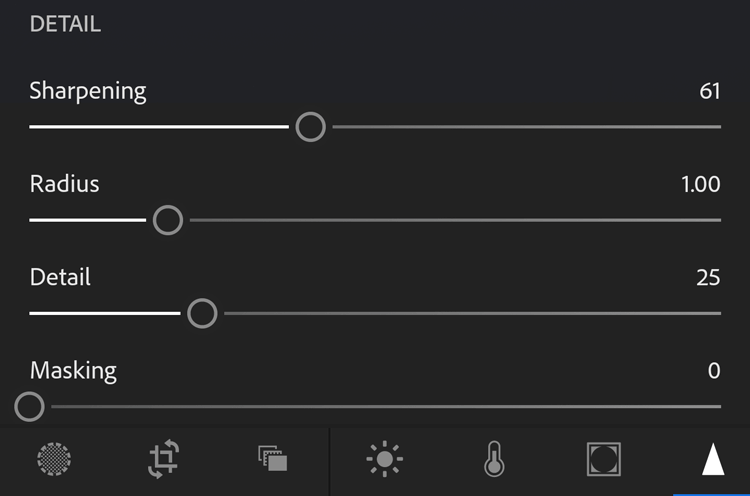
- Add grain in the Effects tab:
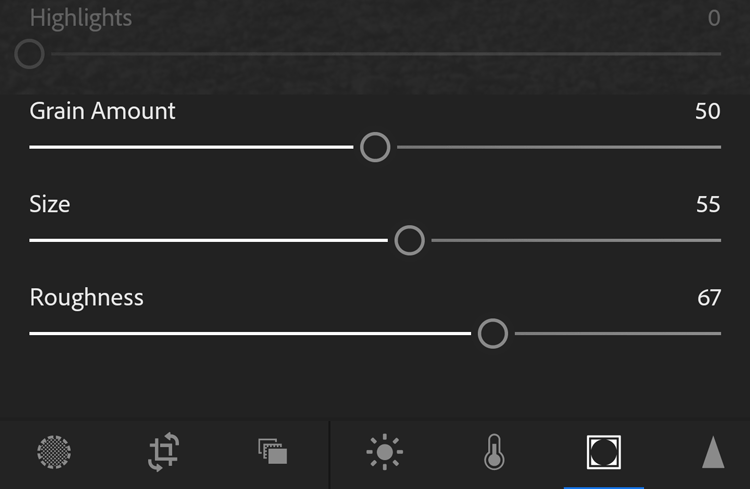
- When sharing an album to Lightroom web, you can now choose to enable image downloads, and show metadata and location information:

